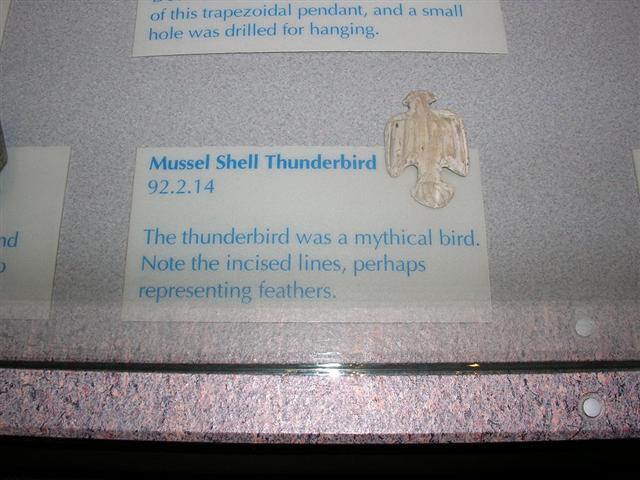This is a knapped "lizard?" effigy provided to me, along with a huge pile of other treasures, by a friend in hopes of identifying its culture of origin. I am stumped. I have seen Caddo effigies and Southwestern chert fetish objects but never anything knapped in quite this fashion. I do have some concerns as to its authenticity but those are tempered somewhat by the box of obviously authentic Paleo/Archaic points that accompanied the effigy. That being said, do any of you have experience with similar artifacts?
Any assistance will be greatly appreciated. I plan on posting many more pics of the Points in this box of plenty she provided. It's going to take me days to sort and catalogue them. I cannot wait to get at it....
Thank you in advance for your assistance.....
NOTE: Please go to my photo album to see the effigy photo as it is too large for the forum.
Sorry
Moderator Note: profile album pictures no longer available
Any assistance will be greatly appreciated. I plan on posting many more pics of the Points in this box of plenty she provided. It's going to take me days to sort and catalogue them. I cannot wait to get at it....
Thank you in advance for your assistance.....
NOTE: Please go to my photo album to see the effigy photo as it is too large for the forum.
Sorry
Moderator Note: profile album pictures no longer available







Comment